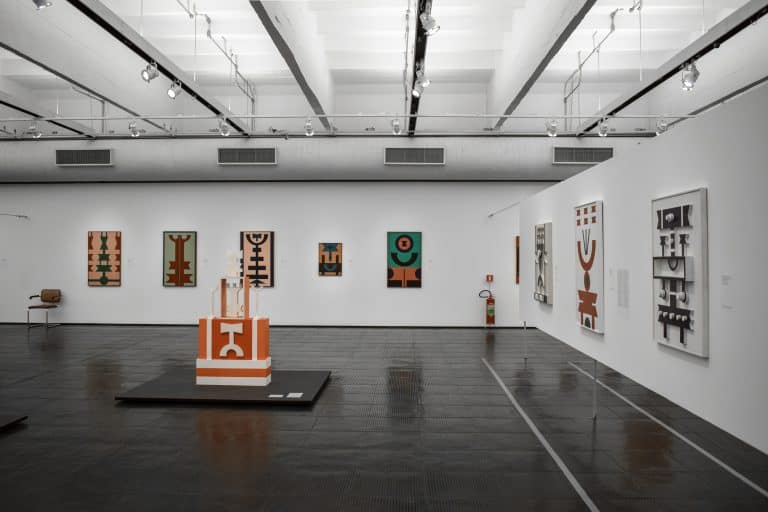How The Websites Of Art Galleries Are Structured
Best practices for gallery websites
Many art galleries have websites that allow visitors to find out more about current exhibitions, artist profiles, upcoming events and what is on display. This article looks at how the best of these are structured, by examining their homepage layouts and navigation styles.
The Websites of Art Galleries
The websites of art galleries are typically structured around the gallery’s collection, as part of their online marketing strategy. The website will feature images and information about the artists represented by the gallery, as well as upcoming exhibitions and events.
Many gallery websites also include a blog, which can be a great way to keep visitors updated on what’s happening at the gallery and in the art world in general. Blog posts might discuss recent acquisitions, interviews with artists, or previews of upcoming exhibitions.
Some galleries also use their website to sell artwork online. If this is the case, you’ll usually find a dedicated section of the website devoted to purchasing artwork. Here you’ll be able to browse through the available pieces and learn more about the artists who created them.

Important note for online art marketing: SPEED & AVAILABILITY

How Art Websites are Structured
The websites of art galleries are usually structured around a central gallery page. This page typically contains a grid of images, with each image leading to a separate page for each artist. Alternatively, some gallery websites may have a separate page for each artist, with the gallery page containing links to these pages.
The gallery page is typically the first thing that visitors to the website will see, and so it is important that it makes a good impression. The layout should be clean and simple, and the images should be well-chosen and high-quality. It is also important to ensure that the website loads quickly, as visitors are likely to be put off if they have to wait too long for the pages to load.
Once visitors have clicked on an image on the gallery page, they will be taken to a separate page for that artist. This page should contain information about the artist and their work, as well as some examples of their work. Again, it is important to ensure that this page loads quickly and that the information is easy to read.
If a visitor is interested in purchasing any of the artwork they see on the website, they will typically be directed to a separate sales page. This page should contain all of the information necessary for them to make a purchase, such as pricing information and shipping details. It is important to make sure that this process is as smooth and straightforward as possible, as potential customers may be put off if they encounter any difficulties.
Examine 3 Art Gallery Websites
The modern art gallery is a website. Many people think of art galleries as stuffy, old-fashioned places where you have to be wealthy and well-connected to enjoy the artwork. This may have been true in the past, but it definitely isn’t the case anymore. Nowadays, anyone with an internet connection can view and purchase art from the comfort of their own home.
There are countless art gallery websites out there, so how do you know which ones to visit? Here are five great options:

- The Metropolitan Museum of Art: One of the most famous museums in the world, the Met’s website is a treasure trove of high-quality artwork. You can browse by artist, time period, or collection, and there are even online exhibitions that feature works from specific artists or periods.
- The Guggenheim Museum: Another world-renowned museum, the Guggenheim’s website is known for its user-friendly design and easy navigation. In addition to browsing artwork by collection or artist, you can also take virtual tours of some of the most famous exhibitions in history.
- Tate London: Based in London, the Tate Gallery is one of the largest museums of modern and contemporary art in the world. Its website features a searchable database of over 70,000 works of art, making it easy to find exactly what you’re looking for.

Why an art website's structure is crucial
The structure of an art gallery’s website is a crucial aspect in attracting and retaining visitors. It should be aesthetically pleasing, easy to navigate, and provide relevant information about the gallery and its exhibitions. By following the guidelines outlined in this article, you can create a website that will not only attract visitors but also provide them with a positive user experience. Remember that your gallery’s website is often the first point of contact for potential visitors and collectors, so it’s important to make a great impression. With the right structure in place, you can set the stage for a successful online presence and grow your art gallery’s audience.
Talk To One Of Our Experts.
Send an e-mail to Emile directly. He’ll get back to you as soon as possible.

